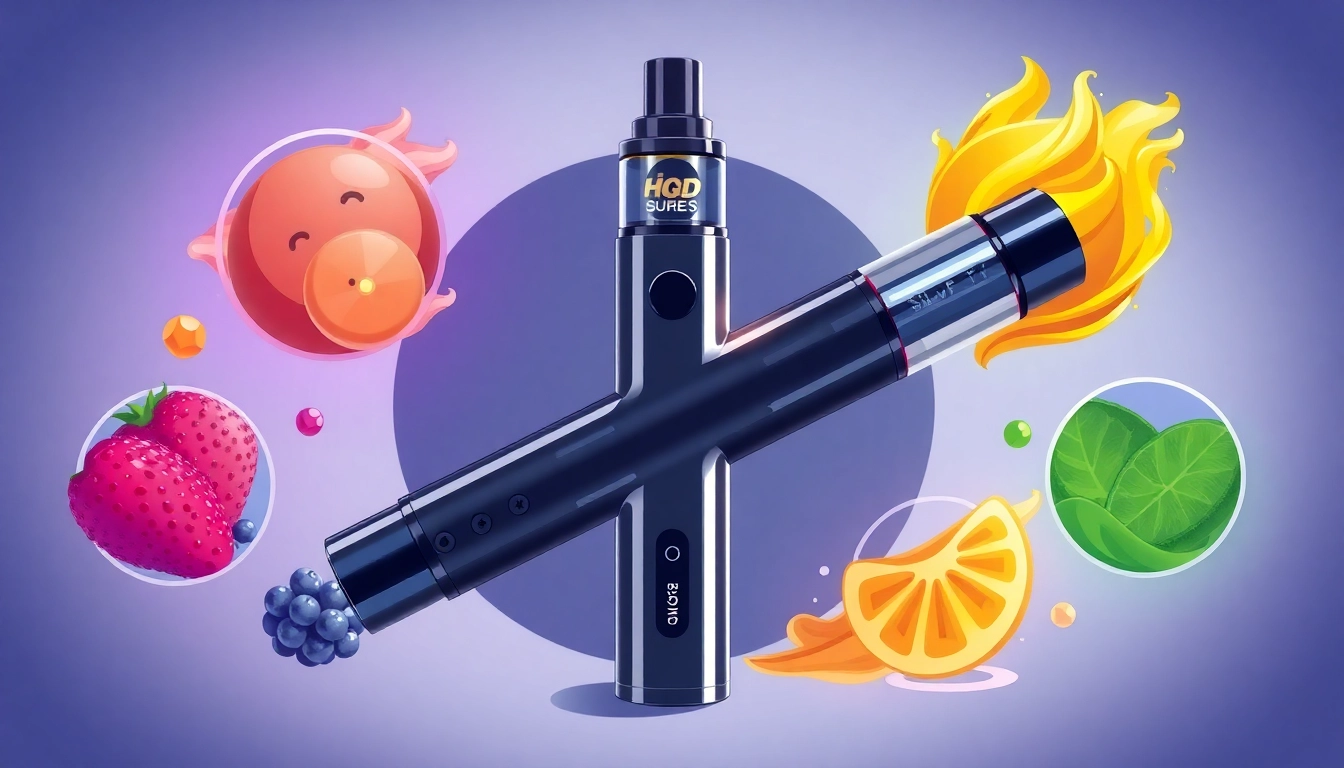Understanding Real Pokémon Cards
Defining Authentic Pokémon Cards
Real Pokémon cards refer to authentic products that are officially released by The Pokémon Company. These cards are printed with precise techniques that ensure their quality and authenticity. Created primarily for gameplay within the Pokémon Trading Card Game (TCG), each card features a unique design and specification that can be identified by seasoned collectors. Authentic cards often include holographic elements, unique identifiers such as rarity symbols, and abide by a consistent layout as dictated by official standards.
Common Characteristics of Real Pokémon Cards
Real Pokémon cards come with several distinguishing features:
- Material Quality: Authentic Pokémon cards are made from high-quality cardstock that gives them a smooth finish and a distinct weight.
- Holographic Elements: Many cards feature holographic foil on certain elements, such as the Pokémon image or the attack section, which is difficult to replicate accurately.
- Consistent Layout: The design layout for real Pokémon cards remains consistent across different sets, ensuring specific placements for text, imagery, and symbols.
- Set Symbols: Each card has a set symbol indicating which expansion or series it belongs to, helping collectors categorize their cards.
Why Authenticity Matters in Collecting
Understanding the authenticity of Pokémon cards is vital for several reasons:
- Value Preservation: Only real Pokémon cards hold substantial value in the collector’s market. Counterfeit cards can diminish the worth of a collection.
- Gameplay Integrity: In competitive settings, authenticity ensures that all players are engaging with legitimate cards, promoting fair play.
- Community Trust: Authenticity fosters trust within the collector community, where exchanges and trades are made with assurance that items are genuine.
Where to Buy Real Pokémon Cards
Top Retailers for Pokémon Card Purchases
Several major retailers are known for selling authentic Pokémon cards, ensuring buyers receive quality products. Stores such as the Pokémon Center offer a reliable source for both new and classic cards. Other trusted retailers include:
- Target: Offers a limited range of Pokémon sets in-store and online.
- Walmart: Known for stocking various Pokémon card products, especially around new set releases.
- GameStop: Frequently sells Pokémon cards alongside gaming accessories.
Online Marketplaces: Pros and Cons
Online platforms like TCGPlayer and eBay provide a vast selection of Pokémon cards, both new and vintage. However, buying online has its pros and cons:
- Pros:
- A wider selection of cards from various sets and rarities.
- Better chances of finding rare cards at competitive prices.
- Cons:
- The risk of encountering counterfeit cards if buying from unverified sellers.
- Shipping costs and potential delays.
Local Game Stores: A Hidden Gem
Many cities feature local game stores (LGS) that specialize in trading card games, including Pokémon. These stores often host events and leagues, creating a vibrant community where collectors can interact. Advantages of purchasing from local game stores include:
- Expertise: Staff members are often knowledgeable about Pokémon cards and can assist in identifying authentic products.
- Community Engagement: Engaging with local players can provide insights into card values and rare finds.
- Support Local Business: Purchasing from LGS supports small businesses, keeping the community alive.
Identifying Real vs. Fake Pokémon Cards
Visual Inspection Techniques
One of the primary ways to determine authenticity is through thorough visual inspection:
- Light Test: Authentic Pokémon cards have a specific light reflection; holding a card against a light source can reveal whether it has a unique shine.
- Texture Check: Real cards feature a distinct feel. They are smooth with a slightly matte texture, while many fakes may feel sticky or uneven.
- Card Back Comparison: Comparing the back of the card to a known authentic card can reveal discrepancies in coloration or patterns.
Common Signs of Counterfeit Cards
Identifying counterfeit cards can sometimes be straightforward if you know what to look for. Here are common signs of fakes:
- Incorrect Fonts: Fonts and text layout may differ, particularly on energy cards or rare cards.
- Lack of Holographic Foil: Many counterfeit cards do not accurately replicate the holographic effects found on real cards.
- Inconsistent Border Color: The borders on fake cards may vary in hue, particularly in older sets where colors are well defined.
Tools to Help You Verify Authenticity
Several tools and resources can aid in confirming the authenticity of Pokémon cards:
- Black Light Test: Using a black light can reveal whether a card is genuine, as authentic cards react differently than fakes under UV light.
- Magnifying Glass: Inspecting the printing pattern can help differentiate between authentic cards and counterfeits; real cards have a distinct dot pattern.
- Online Communities: Engaging with online forums often populated by collectors can offer advice on validating cards based on photos and descriptions.
Building Your Collection of Real Pokémon Cards
Strategies for Acquiring Rare Cards
Building a collection of rare Pokémon cards requires strategic planning. Here are effective strategies:
- Networking: Building relationships with other collectors can lead to opportunities for trades and purchases of rare cards.
- Monitoring Market Trends: Keeping watch on market trends can help identify when to buy specific cards at optimal prices.
- Participating in Events: Attending Pokémon tournaments or card trading events opens avenues for finding rare and valuable cards.
How to Store and Care for Your Cards
Proper storage and care are vital in maintaining the condition and value of your Pokémon cards:
- Using Sleeves: Always store cards in protective sleeves that can prevent scratches and bends.
- Climate Consideration: Keep your collection in a stable environment, away from excessive heat, humidity, or direct sunlight.
- Organizing Your Collection: Properly organizing cards in binders or boxes can prevent accidental damage and make it easier to locate specific cards.
Joining Communities for Trading and Selling
Communities dedicated to Pokémon card collecting can be found both online and in person. Websites such as Reddit’s Pokémon TCG community offer platforms for trading and selling. Engaging in these communities provides support and educational resources, along with opportunities to:
- Participate in Trades: Find fellow collectors interested in exchanging cards.
- Market Insights: Gain knowledge on market fluctuations and card valuations through shared experiences.
- Events and Meetups: Join local meetups, tournaments, or conventions to connect with other enthusiasts.
The Value of Real Pokémon Cards
Factors Influencing Pokémon Card Prices
The prices of Pokémon cards fluctuate due to various factors that collectors must consider:
- Card Rarity: Cards labeled as rare, ultra-rare, or exclusive often fetch higher prices due to limited availability.
- Condition: The condition of a card—graded on a scale from ‘mint’ to ‘poor’—substantially affects its value; unblemished cards are worth more.
- Market Demand: Popularity spikes around specific sets or cards can drive prices up, influenced by competitive play or collector interest.
Understanding Market Trends and Value Fluctuations
Keeping abreast of market trends is essential for making informed buying and selling decisions. Websites like TCGPlayer provide price history data:
- Price Guides: Utilize tools that track average selling prices to gauge the best times to buy or sell specific cards.
- Community Feedback: Engage with online forums and resources that discuss current trends, effectively keeping your finger on the pulse of the Pokémon card market.
Resources for Pricing and Valuation
Several resources are invaluable in understanding the pricing landscape of Pokémon cards:
- Grading Services: Services like PSA and Beckett provide grading systems that influence perceived market values.
- Marketplaces: TCGPlayer and eBay often list completed sales, revealing the going rates for various cards.
- Blogs and YouTube Channels: Collectors and experts often share insights and valuations, which can be informative for building your collection.



